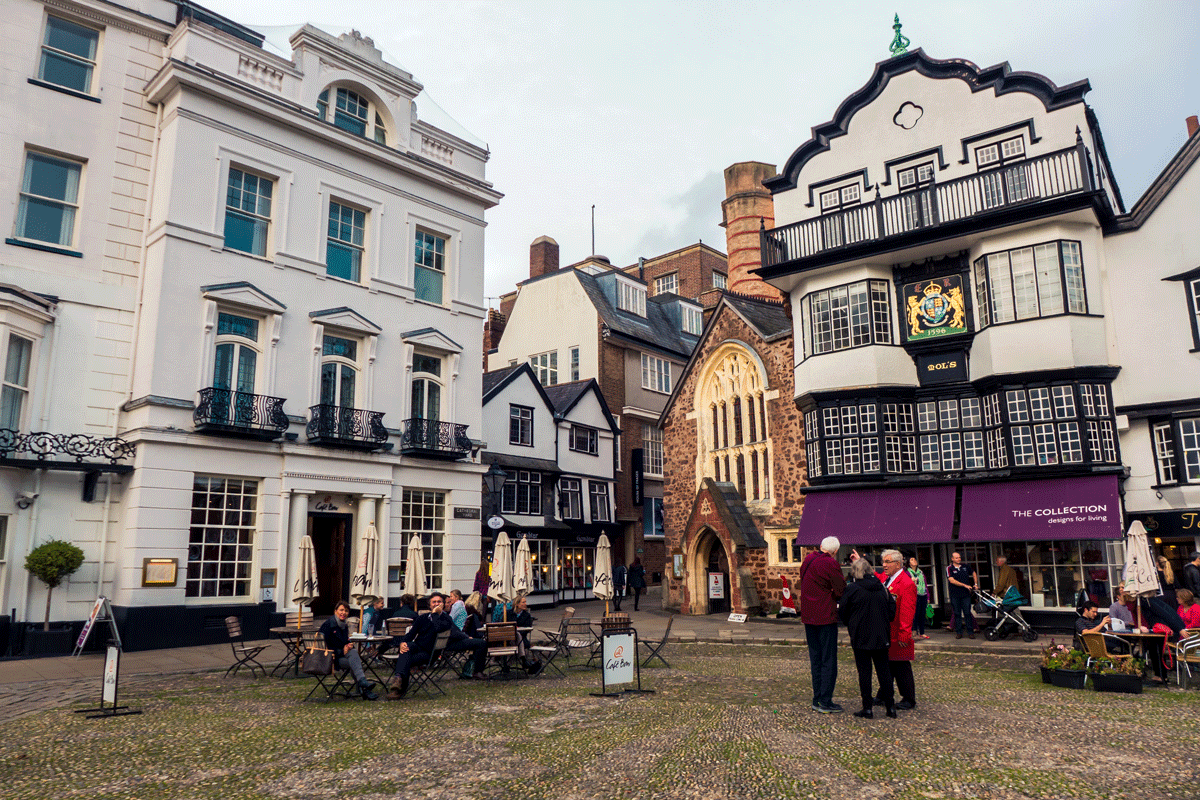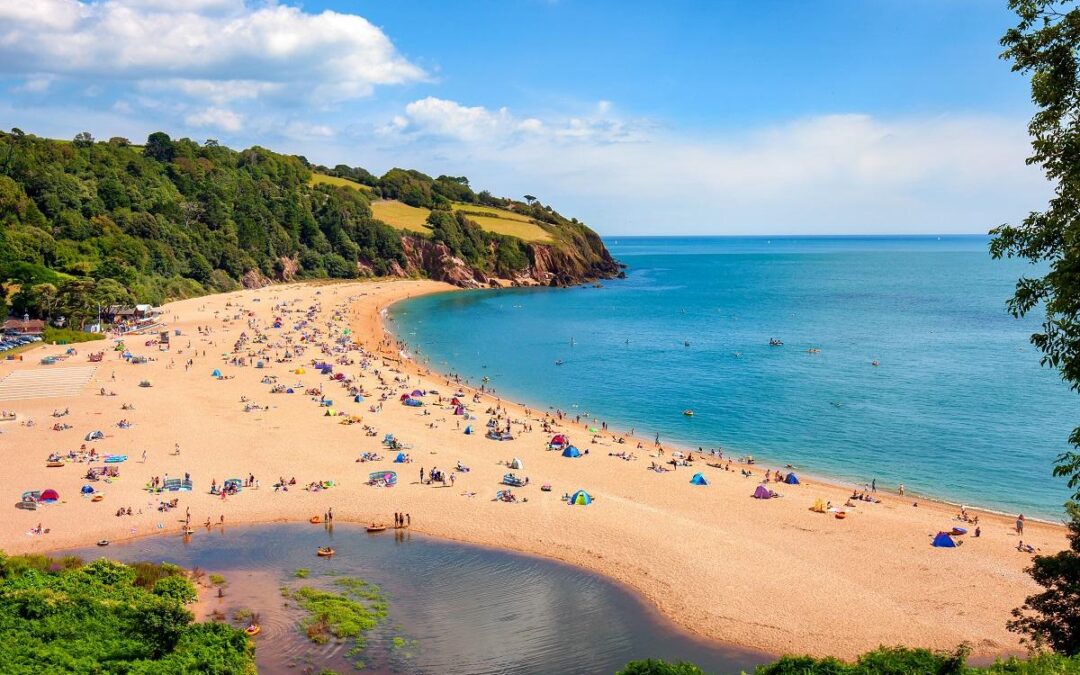Jonathan Newall, Director at SaleBoards estate agents in Exeter, gives a tour of the cathedral city and its property market.
With its glorious Gothic cathedral located in the centre of town, Exeter is often referred to as the ‘hub’ of Devon. Located at the top of the Exe Estuary – where the River Exe meets the English Channel on the south coast of Devon – Exeter has an historic quayside and a compact, yet thriving city centre with a population of around 125,000.
Accessible via the M5 motorway, which runs from Birmingham to Devon, the city can be reached in around three and a half hours by car from London. Alternatively it’s also easy to jump on a South West Trains service from London Paddington, which will take around two and a half hours to get to Exeter Central.
For those looking for an outdoor lifestyle, the beaches of Exmouth, Dawlish and Teignmouth can be reached in around 20 minutes by car, and there is an abundance of water sports nearby, including sailing, kite-surfing and kayaking. Dartmoor’s National Park is also located to the west of Exeter and is about a 30 minute drive away.
The city offers a great lifestyle for younger families and as a result, the most popular areas are those closest to good local schools and the city centre. Family homes and smaller houses in these locations sell quickly, whilst houses over £600,000, further from the centre and in the villages sitting around Exeter, tend to stay on the market a little longer.
The most desirable residential areas include St Leonards, St James and Heavitree, which offer easy walking access to the city centre and plenty of character properties in leafy suburban streets. Currently we are seeing an exceptional demand for smaller houses in these areas, and due to soaring prices it’s no surprise that the desirable properties are attracting multiple offers, with many achieving in excess of the asking price.
Certain parts of Exeter have high proportions of Houses of Multiple Occupation (HMOs) primarily due to the city’s university, which ranks ninth in The Guardian’s league table for higher education institutions. Buyers keen to settle in quieter areas of the city should be made aware that streets within walking distance of the campus are likely to be dominated by students.
It is unclear how the recent changes to stamp duty and tax relief on lettings income will affect these parts of the city, which have historically been driven by the thriving HMO market. Many investors are likely to hold on to their existing properties for fear of not being able to buy properties in the future without paying excessive levels of stamp duty. However, others may look to offload their portfolios due to the loss of tax relief on their mortgage payments.
Away from the city centre, there are plenty of very pleasant areas which are relatively affordable and still an easy commute to other parts of the city. Areas such as St Thomas, Clyst Heath and Exwick provide affordable properties appropriate for families priced out of the most expensive areas. For those looking for the idyllic Devon country lifestyle, there are numerous attractive villages set in the countryside or on the banks of the Exe Estuary. Local favourites include Broadclyst, Lympstone, Ide and Silverton.
New-build homes in the new town of Cranbrook (four miles from Exeter) and on the Rydon Lane development continue to be snapped up faster than they can be built, which only demonstrates the continued demand for housing in and around the South West’s most popular city.
See www.onthemarket.com/newandexclusive. Agents specify exclusivity and are committed to accuracy under terms of use.






